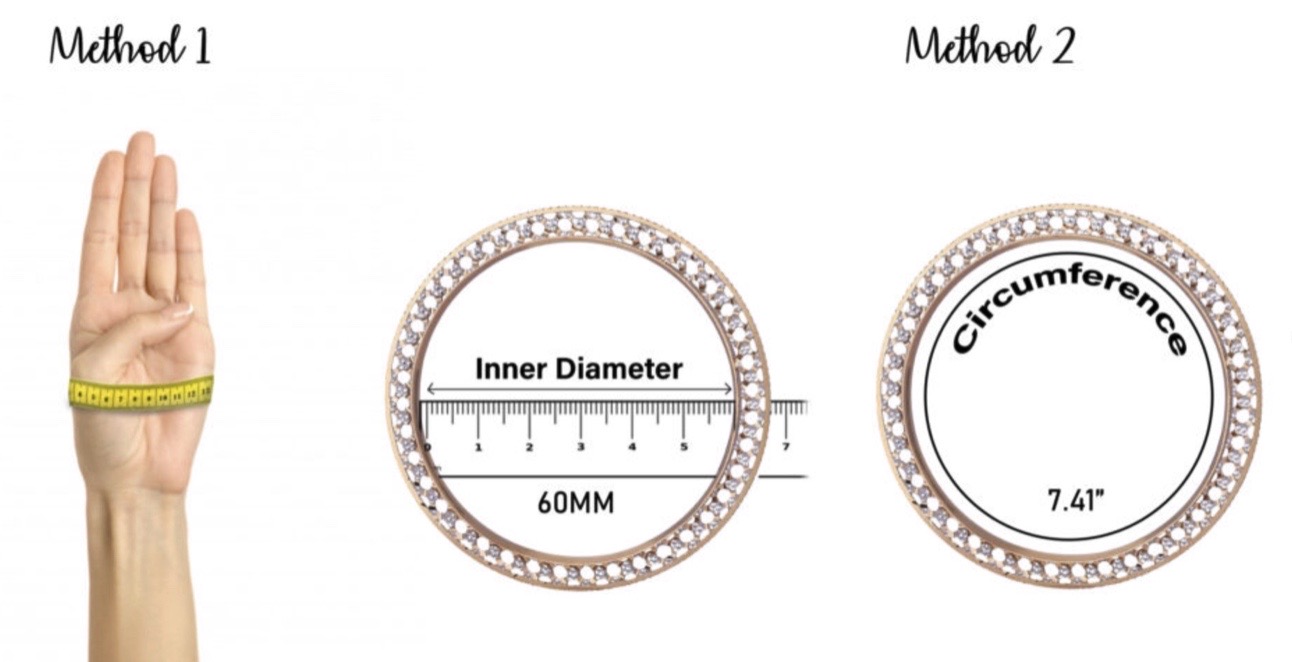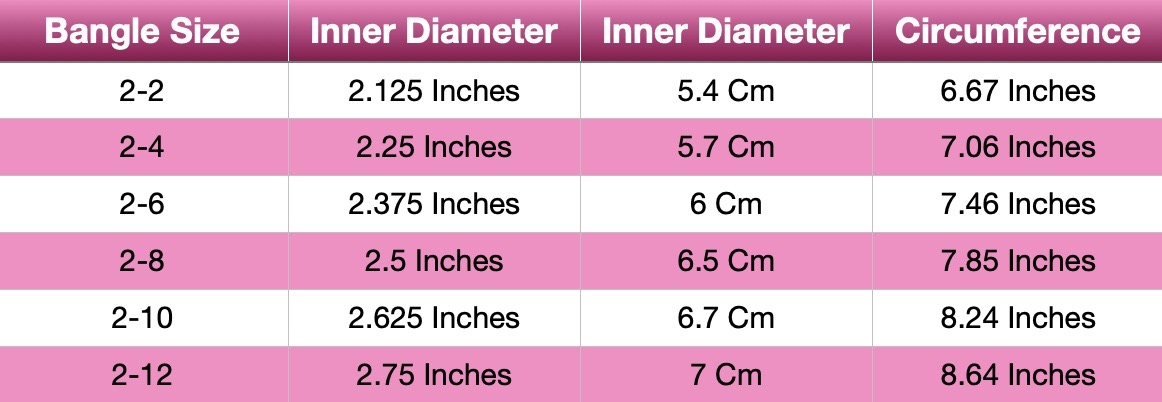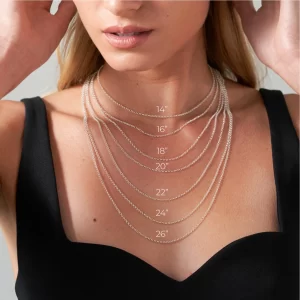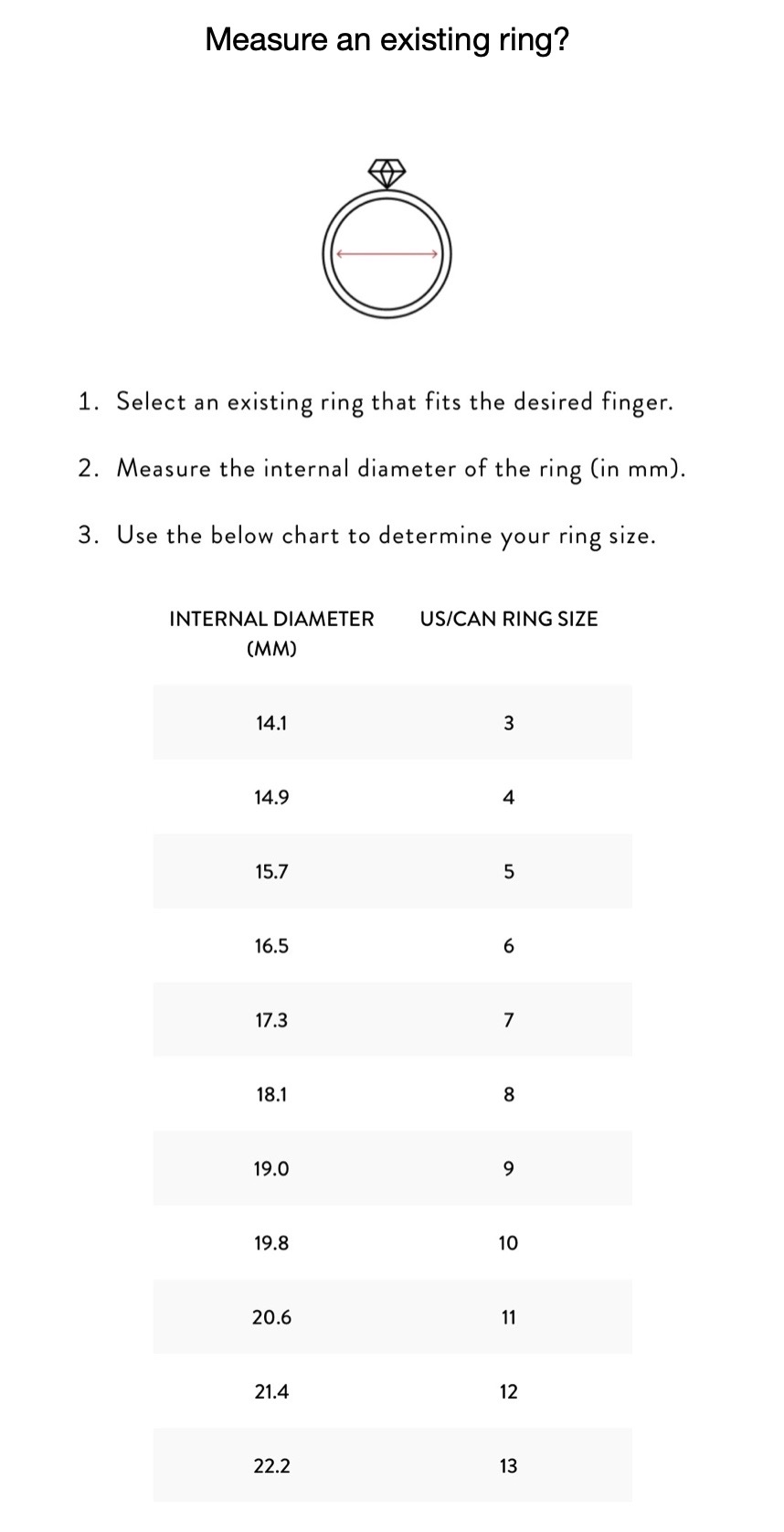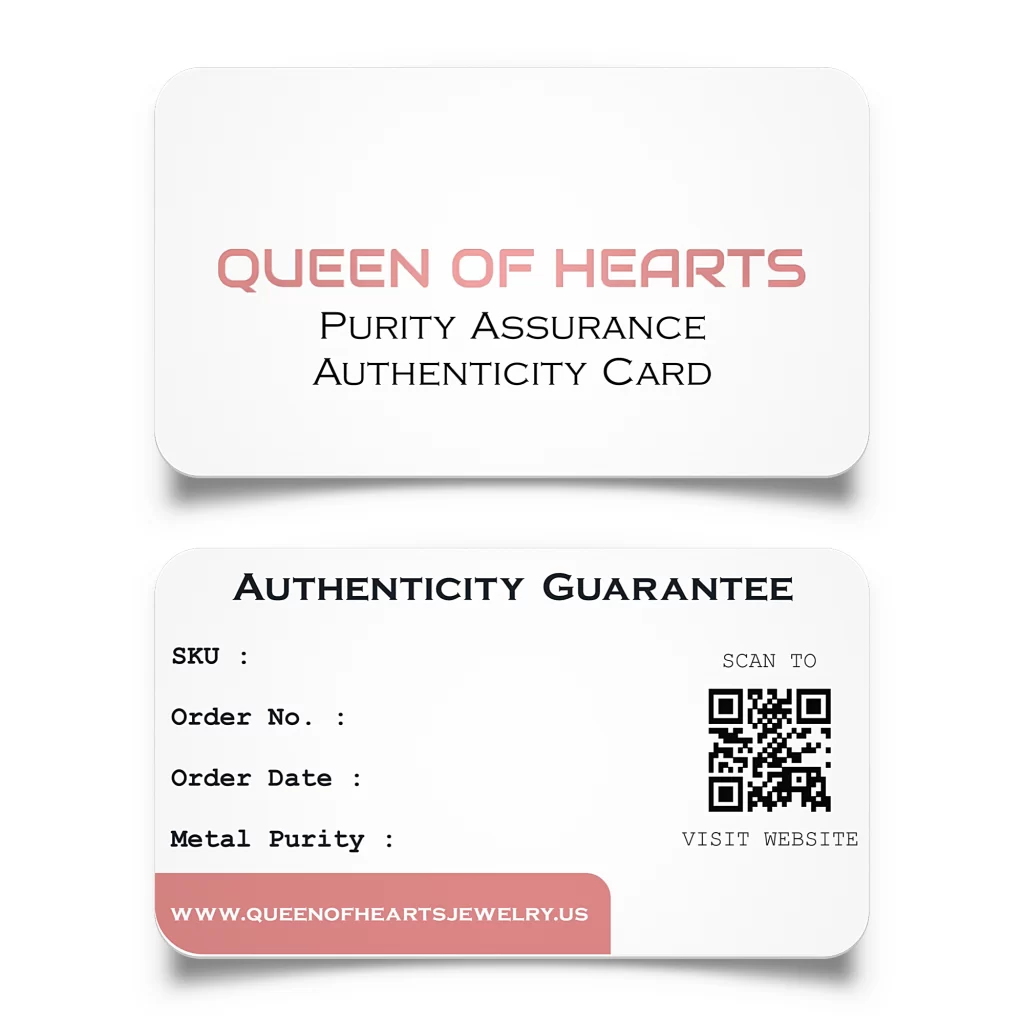Why do Indians wear gold bracelets?

If you’ve ever been to an Indian wedding or any other event in an Indian community, you’ll have probably noticed that the arms and wrists of most of the women present are adorned with beautiful gold bangles and bracelets. But why do Indians wear gold bracelets, and what cultural or religious significance do these pieces of jewelry hold?
In this blog, we’re going to take a look at the various types of gold bracelets Indian women wear – from kada bangles to the traditional chooda bangle set – and discuss the historic and cultural symbolism behind each of them. Let’s take a look!
WHY DO INDIAN WOMEN WEAR BRACELETS?
Before venturing into the historic and cultural significance of bangles in Indian culture, it’s important to note that jewelry in general is incredibly commonplace in Indian attire; not only does jewelry often represent historic or religious symbolism, but it’s also simply custom for women and men to wear jewelry pieces as part of their everyday ensemble. While this isn’t necessarily the case for all Indian women and men, jewelry remains a pretty common means of expressing one’s individual style, wealth status, culture and values across India and Southeast Asia.
THE ROLE OF GOLD BRACELETS IN INDIAN CULTURE
While bracelets and bangles of all materials and metals are common in India, none is as coveted as the gold bracelet. Gold is seen to represent everything from wealth and status to luck and prosperity, and gold jewelry plays an important role in many traditional Indian celebrations and religious ceremonies. For example, the mangalsutra is an integral part of any Indian wedding ceremony, and this is typically fashioned with two gold threads or chains.
While not all Indian jewelry is made with high karat gold, 22 karat gold bracelets are incredibly popular for their authentic yellow-gold appearance, as well as their durability in comparison to 24k gold bracelets. 22k gold contains around 91% pure gold, making it a more scratch and damage-resistant option for timeless pieces.
TYPES OF GOLD BRACELETS IN INDIA
So, what are some common examples of gold bracelets worn in India, and what do they represent?
KADA
One common type of gold bracelet worn by Indian men and women alike is the gold kada bangle. Typically made with one single band, the kada bracelet is said to symbolize devotion to religious deities, and is very commonly worn by Indian Sikhs. Kada bracelets represent one of the 5 external articles of faith in Sikhism, and some believe that this bracelet symbolizes a form of submission to a heavenly power.
CHOODA
Another common type of gold bracelet worn by Indian women is the chooda bangle set, which is typically made up of red, white, and gold bangles. Chooda bangles are typically worn by Indian women on their wedding days, and are commonly seen on Punjabi brides.
During the wedding ceremony, the bride receives a special chooda bangle set from her maternal uncle, and she is obliged to wear the bangles for at least 40 days after her marriage (although this often extends up to 18 months, depending on local customs.) The chooda is believed to bring good luck and prosperity to the bride, and offer strength and unity to the newlywed couple.
RAJASTHANI
Another popular type of gold bracelet worn in India is the Rajasthani bangle. This bangle is typically adorned with an elaborate, colorful motif or intricate design on its surface, and is believed to offer protection against evil spirits while also symbolizing a woman’s marital status.
LOHA BANGLES
Made with a combination of gold and ‘loha’, Loha bangles are a common piece of gold jewelry typically worn by Indian Bengali brides as a display of their marital status. These bangles can be adorned with various gemstones, beads, and diamonds, and are a popular jewelry choice for Indians living in the West, as they can easily be paired with non-traditional Indian clothing.
Overall, gold bracelets continue to be an enduring cultural symbol in India and wider Southeast Asian culture; Whether it’s a single kada bangle, chooda bangles, or region-specific bangles such as Rajasthani bangles, Indian jewelry serves as a powerful way to express and honor both Hindu and Sikh customs.

